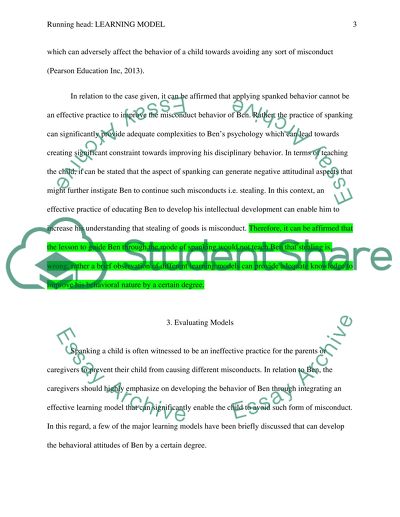Cite this document
(“Learning Model Term Paper Example | Topics and Well Written Essays - 1250 words”, n.d.)
Retrieved from https://studentshare.org/psychology/1482960-learning-model
Retrieved from https://studentshare.org/psychology/1482960-learning-model
(Learning Model Term Paper Example | Topics and Well Written Essays - 1250 Words)
https://studentshare.org/psychology/1482960-learning-model.
https://studentshare.org/psychology/1482960-learning-model.
“Learning Model Term Paper Example | Topics and Well Written Essays - 1250 Words”, n.d. https://studentshare.org/psychology/1482960-learning-model.


